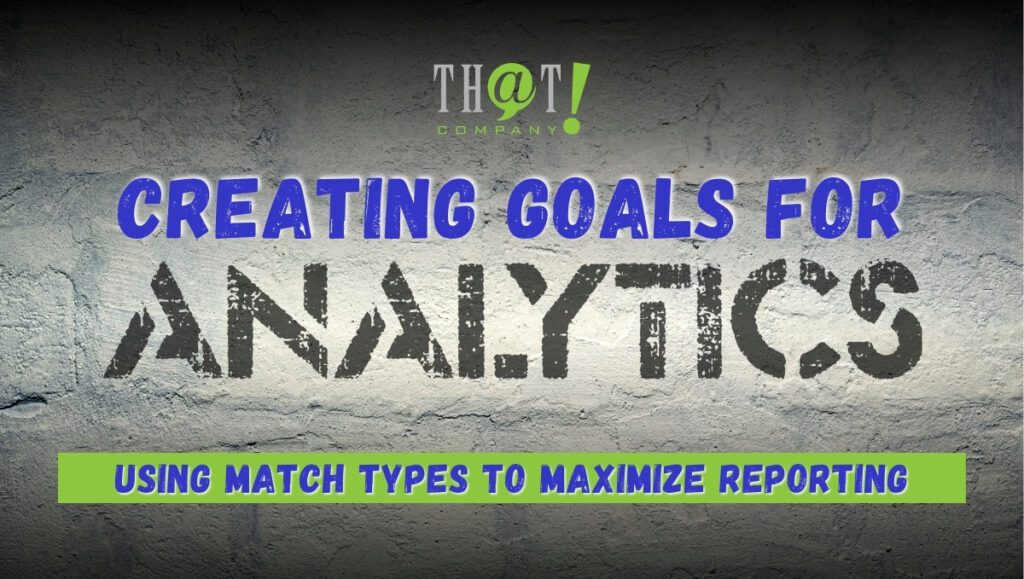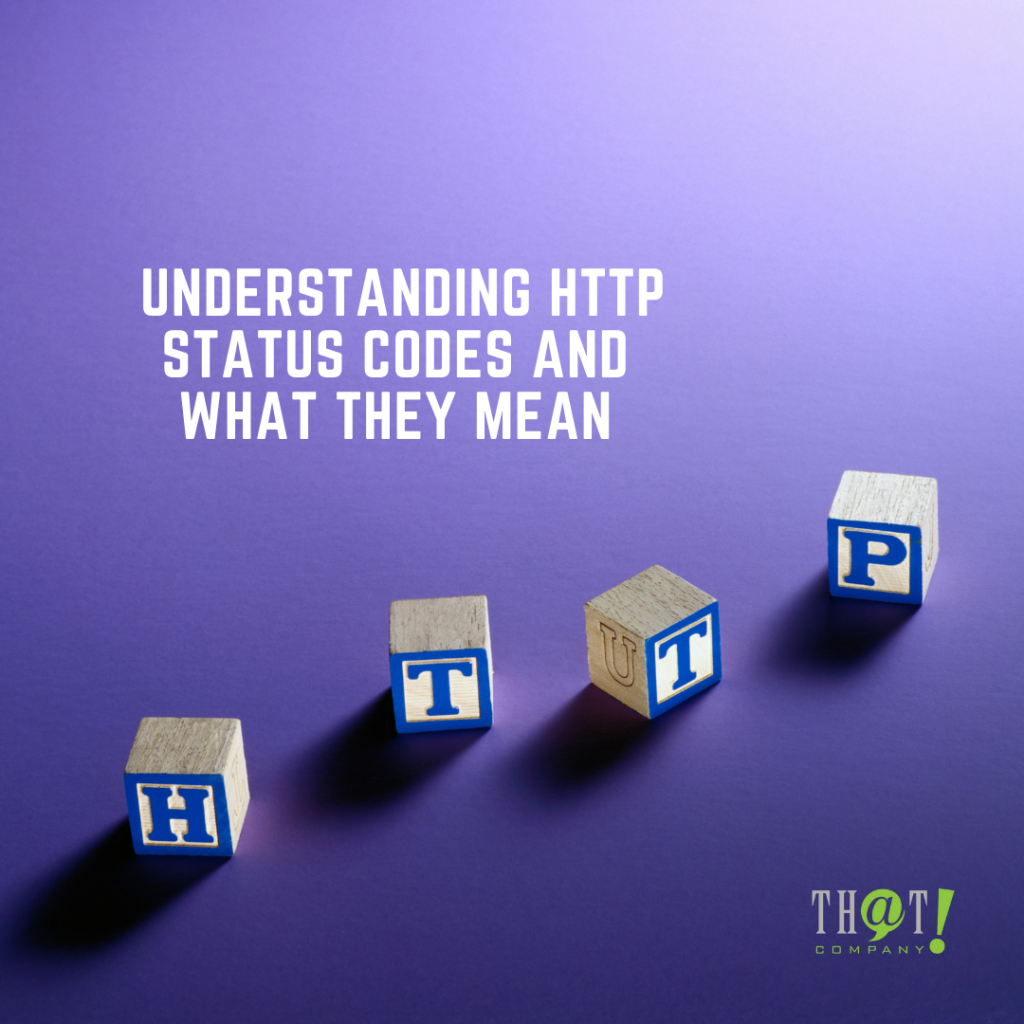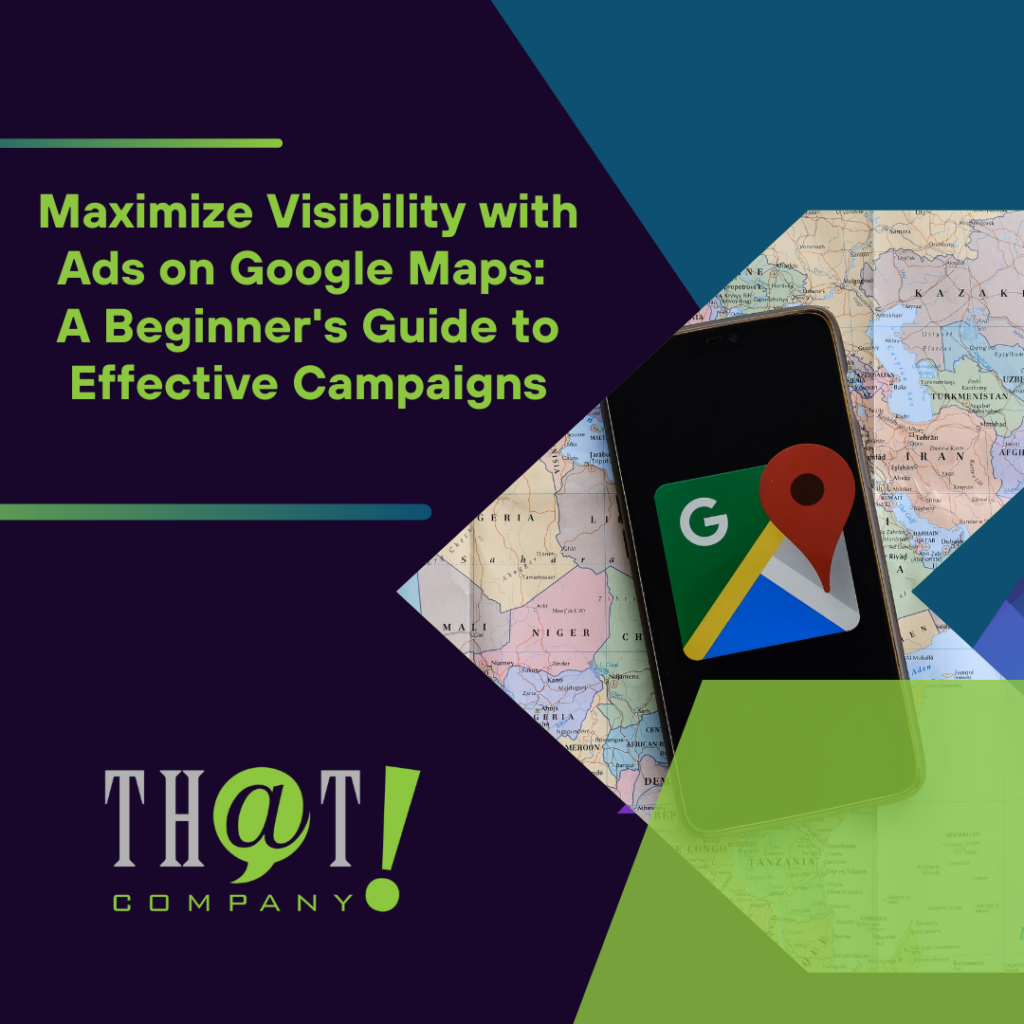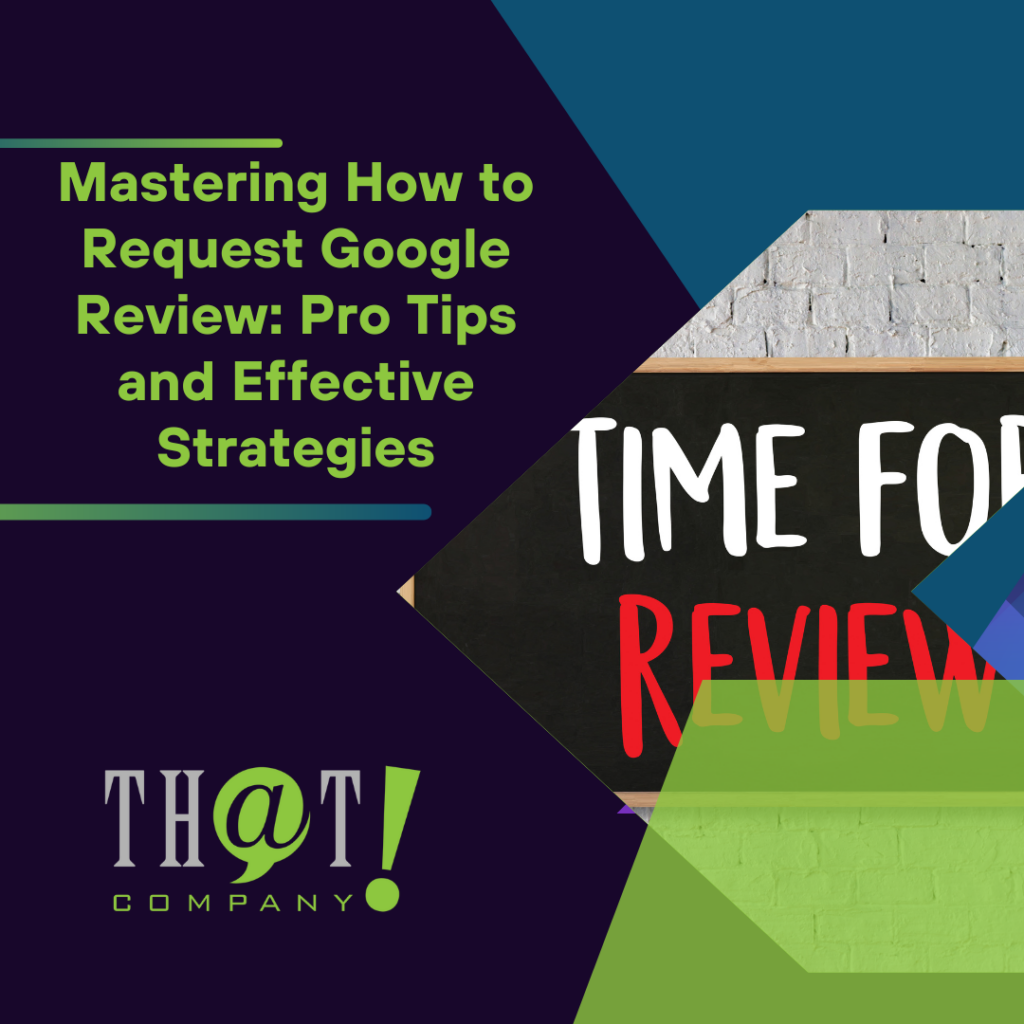
What exactly are social media impressions and why should you care? Social media impressions measure how often your content potentially catches someone’s eye on platforms like Facebook, Instagram, and Twitter. Crucial for gauging your brand’s visibility, they impact everything from audience growth to campaign optimization. In this comprehensive guide, we’ll unveil how tracking and acting on these numbers can transform your social media strategy and propel your brand to greater heights.
Key Takeaways
- Social media impressions represent the number of times content is displayed on a platform and are essential for gauging brand visibility and informing marketing strategies.
- Each social media platform has a unique method for defining and measuring impressions, necessitating marketers to stay informed about these platform-specific metrics to optimize strategies effectively.
- To integrate impressions into marketing tactics, set goals based on impression data, utilize specialized tools for tracking and optimizing, and regularly adjust content and targeting to improve engagement and achieve desired outcomes.

Understanding Social Media Impressions: The Basics
Social media impressions refer to the number of times your content is displayed on a platform, including each appearance in users’ feeds. They provide a snapshot of your brand’s reach, but there’s more to it than meets the eye. These metrics reflect your brand’s visibility, showing how often your content appears in users’ feeds, making them vital for social media strategy.
However, understanding these metrics is more than just number crunching. It’s about using this data to make informed decisions, optimize your strategy, and boost your brand’s presence. A thorough understanding of social media impressions can be a game-changer, offering insights into campaign effectiveness and guiding future content strategies.
What are social media impressions?
In social media, impressions refer to the total count of times your content is shown on users’ feeds, regardless of whether users engage with it, such as through clicks. So, whether a user interacts with your post or merely scrolls past, it counts as an impression.
That! Company is the leader in White Label Social Media Management, delivering successful social media campaigns and outstanding results for agencies and their clients world-wide. Can we help you? Learn More about our White Label Social Media Services and how we can deliver high impact results for your clients today!
Yet, it’s essential not to confuse reach and impressions, as understanding the difference between them is crucial. While each represents the unique audience exposed to your content, impressions reflect the total number of times your content appears, including multiple views by the same user. By analyzing reach vs impressions, you can better understand the impact of your content. This means impressions are often higher than reach, as an individual may see the same content multiple times.
To clarify, ‘impressions broken’ refers to the detailed breakdown of impressions by source on Instagram, such as hashtags, home, profile, and explore. It highlights how repeated views by a single user can contribute to multiple impressions, providing a deeper understanding of content reach and engagement. This breakdown helps identify which sources drive the most visibility and inform strategy for optimizing content placement and engagement.
Why are social media impressions important?
Impressions are more than just a number. Impressions are a critical metric for evaluating brand awareness, reflecting how often your content is displayed across platforms. Understanding the difference between reach and impressions per post or campaign is essential for optimizing marketing strategies and gaining deeper insights into audience behavior. By analyzing both metrics, you can tailor your content to better engage your target audience and improve overall campaign performance. This differentiation helps in measuring the success of your campaigns more accurately.
Moreover, tracking impressions is key for assessing audience growth. It offers insights into how widely your content is being seen, allowing you to:
- Optimize your content for better visibility and audience engagement
- Evaluate content performance
- Understand brand visibility
- Track the expansion of your audience base
Impressions serve as an essential component of these activities, and more impressions can significantly contribute to their success.
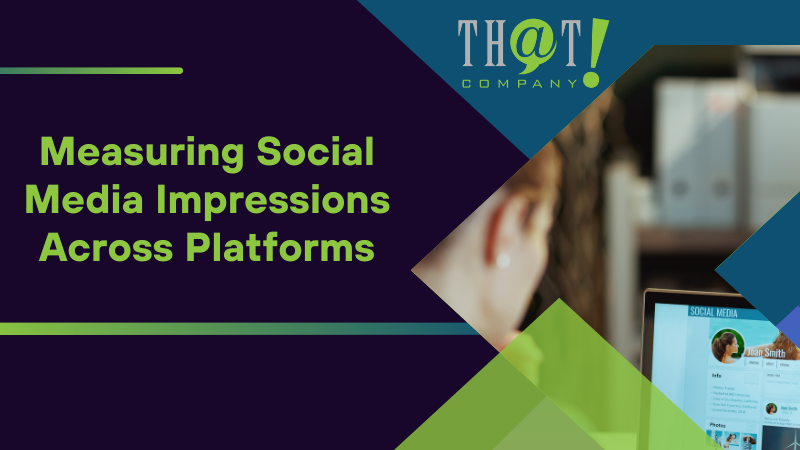
Measuring Social Media Impressions Across Platforms
While the concept of impressions remains consistent across platforms, the way they are defined and measured varies. Each social media platform has its unique way of counting impressions, which can significantly impact your marketing strategy and understanding of target audience behavior.
Staying updated with these platform-specific nuances is crucial. Changes like Instagram’s decision to hide likes or Twitter’s provision of impression data without reach information can greatly influence your strategy. By understanding these platform-specific definitions and measurements, you can optimize your marketing strategies and effectively reach your target audience.
Facebook Impressions
Facebook, a pioneer in the social media landscape, defines impressions as the count of how many times an advertisement or content is visible on a user’s news feed, whether it’s on Facebook itself or on an Instagram timeline, or the Audience Network.
The calculation of Facebook impressions is based on the frequency with which content appears on screen. It’s important to note that these impressions are counted regardless of whether the content is interacted with, such as clicking on it. This means that even if a user merely scrolls past your content, it still counts as an impression.
Instagram Impressions
On Instagram, impressions represent the total number of times users have seen a post or story. This includes multiple views by the same user. However, reach indicates the number of unique users that have seen the content, giving you a broader perspective of your audience’s engagement with your content.
By analyzing impressions, brands can gauge how frequently their content is being viewed. Instagram provides its business and creator account holders with Instagram Insights, an in-app analytics tool for tracking both reach and engagement. This allows for a comprehensive view of impression metrics, making it paramount in optimizing for better content visibility and audience engagement.
Twitter Impressions
Twitter, with its microblogging format, defines impressions as how many times a tweet appears on user screens, including timelines. Impressions can accumulate for a single tweet if the same user encounters it multiple times in search results or feeds.
Twitter does not record unique views as impressions; each display is counted separately even if shown to the same user multiple times. Impressions on Twitter encompass views from both the platform itself and third-party apps or websites that incorporate Twitter content, providing a holistic view of your content’s visibility.
LinkedIn Impressions
LinkedIn, the social media platform for professionals, defines impressions as the number of times a post, video, article, or update appears in a user’s feed. On LinkedIn, impressions are viewed as more indicative of content visibility and engagement than reach.
Key metrics on LinkedIn for understanding content visibility and professional engagement include both impressions and reach. This makes LinkedIn Page Analytics a powerful tool for tracking these metrics, offering data for LinkedIn content, followers, and various forms of engagement, such as with career pages and newsletters.

Integrating Social Media Impressions into Your Marketing Strategy
Now that we understand what social media impressions are and how they are measured, it’s time to integrate them into your marketing strategy. Impressions can offer valuable insights into your audience’s behavior, helping you understand which content resonates the most with your audience and when it’s being viewed.
It’s not just about tracking impressions, though. It’s about setting realistic goals based on impressions, analyzing the data to derive actionable insights, and adjusting your content and targeting strategies to maximize your brand’s impact. Let’s delve deeper into how you can achieve this.
Setting goals based on impressions
Setting goals related to social media impressions should begin with understanding your business objectives, such as increasing brand awareness, driving website traffic, or generating leads. Once you’ve identified your objectives, you can formulate your goals using the SMART criteria, making them Specific, Measurable, Achievable, Relevant, and Time-bound. This ensures your goals are actionable and trackable, paving the way for an effective social media marketing strategy.
However, setting goals isn’t enough. You must monitor your content’s performance and measure engagement to adjust your marketing strategies, staying relevant and compelling based on consumer engagement and social media trends. For instance, when Facebook’s impressions and reach are similar in value, it suggests that the advertisement, including paid content, has successfully captured the attention of the target audience, indicating a successful strategy for creating content.
Analyzing impression data for actionable insights
Analyzing impression data isn’t just about looking at numbers; it’s about deriving actionable insights from these metrics. Businesses should create a spreadsheet to track social media impression metrics over time, which will reveal trends and indicate whether specific strategies are leading to improvement or if they require adjustments.
Impressions provide rapid feedback on content resonance with the audience, driving the need to continually experiment with content improvements to escalate impression counts and content performance. By analyzing impression data, companies can:
- Identify which audience segments are most engaged
- Tailor their campaign efforts to focus more on these high-performing segments
- Maximize their social media marketing efficiency
Adjusting content and targeting based on impressions
Social media marketing is a dynamic field that requires constant adjustments based on performance data. If your content achieves high reach but low conversions, your strategy should be adjusted to focus on high-quality content that increases engagement rates. This involves targeting groups more likely to accomplish campaign goals.
Refining your targeting criteria involves:
- Using performance metrics to identify segments that are not contributing to campaign goals
- Making necessary adjustments
- Conducting A/B testing to optimize the impact of your content on the desired audience
Remember, the keys to success are continuous evaluation against set goals and improvement of strategies by addressing all the metrics that are under performing. To achieve this, it’s crucial to analyze engagement metrics regularly.
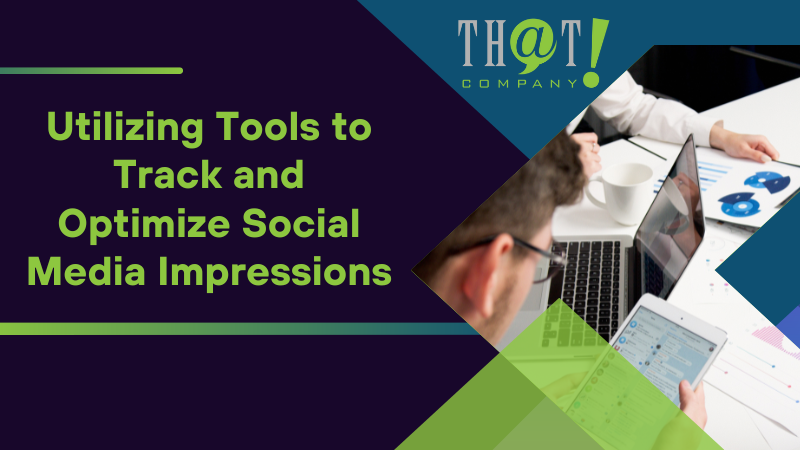
Utilizing Tools to Track and Optimize Social Media Impressions
With the vast amount of data available, manually calculating social media metrics can be impractical. This is where specialized tools come into play, offering an automated and precise approach to effective social media management and measurement. These tools not only save time but also enhance data accuracy, making them indispensable for any comprehensive social media marketing strategy.
From comprehensive tools that consolidate analytics across various social networks to ones that specialize in analytics for a specific platform, there’s a wide range of tools available for marketers. Let’s explore some of these tools and how they can help you track and optimize your social media impressions. Sprout’s Smart Inbox is an example of such a tool that can help monitor and analyze engagement metrics such as reach, impressions, and tracking engagements, thus extending the business’s reach and awareness.
That! Company: The Social Media Marketing Agency That Other Social Media Marketing Agencies Use
That! Company, as their tagline ‘The Social Media Marketing Agency That Other Social Media Marketing Agencies Use’ suggests, operates as a white label Social Media Marketing Agency catering exclusively to other agencies. This unique approach allows them to offer a comprehensive suite of services that includes expert content creation, content management, and the development of sophisticated social media strategies.
Their services are customized to each client’s unique needs and can be scaled in response to the demand of their business. By supporting agencies with sales assistance for acquiring new clients, maintaining the original agency’s brand identity, and offering scalability, That! Company positions itself as an invaluable partner.
Other Analytics Tools
While That! Company offers comprehensive white label social media services, it’s also essential to leverage other analytics tools that can supplement your social media marketing efforts. Google Analytics, for instance, can provide valuable data for promotional plans, audience targeting, and ad spending. By integrating this with your social media strategy, you can get a more detailed understanding of how your social media campaigns are performing in relation to other digital marketing efforts.
Professional analytics tools, which can track impressions specifically on platforms like Instagram, are available to marketers for more detailed insights. These tools can help you dive deeper into your social media metrics, providing a comprehensive view of your brand’s online presence and performance. Some examples of professional analytics tools include:
Using Sprout’s Smart Inbox can help you make data-driven decisions and optimize your social media strategy on various social media platforms.

Common Challenges and Solutions in Tracking Social Media Impressions
Despite the importance and the plethora of tools available to track social media impressions, businesses often encounter challenges in effectively collecting and analyzing this data. The voluminous and complex nature of social media data can make maintaining the accuracy of insights a daunting task.
However, these challenges can be overcome by using social media APIs to streamline the process, offering a more automated and precise approach that saves time and enhances data accuracy. Let’s explore some common challenges and solutions in detail.
Ensuring accurate data collection
Ensuring the accuracy of social media data is paramount for any successful marketing strategy. Implementing data validation and cleansing techniques, such as field validation and duplicate detection, is critical for ensuring the integrity and utility of social media data.
Services like Facebook’s Ads allow users to:
- Compare impressions and reach over specific time frames
- Obtain a complete view of brand presence and awareness on the platform in the last 7 days, 28 days, or the past 12 months
- Ensure accurate data collection and analysis
This feature is essential for tracking and evaluating the effectiveness of advertising campaigns on your Facebook page, including your Facebook reach.
Interpreting impression data in context
Impression data, while useful, should never be looked at in isolation. Examining impressions with engagement and conversion rates is crucial for fully understanding and optimizing your social media campaign performance.
A high number of unique users seeing content, combined with significant impression data, elevates reach statistics, indicating brand awareness. This multi-dimensional approach to data interpretation offers a fuller picture of your brand’s social media presence and performance. By understanding these metrics, you can ensure your strategy is aligned with your goals, driving improved engagement and brand recognition.

Summary
In summary, understanding and effectively tracking social media impressions is crucial for any successful marketing strategy. Social media platforms provide vast audiences, but standing out requires more than posting content; it’s about making a memorable impression. By defining clear goals, analyzing data, and making adjustments, brands can optimize their presence and more effectively reach their target audience. This strategic approach ensures that content resonates with users, enhancing engagement and driving meaningful interactions that contribute to brand success. This approach helps ensure that content not only reaches users but also engages them meaningfully.
Partnering with a white label digital marketing agency like That! Company can amplify these efforts by providing specialized expertise in managing social media strategies. With their advanced tools and tailored solutions, businesses can seamlessly track social media performance, refine content strategies, and scale operations. Ultimately, a successful strategy lies not just in reaching your audience but in leaving a lasting, positive impression.

Frequently Asked Questions
What are social media impressions?
Social media impressions represent the total number of times content appears in users’ feeds, regardless of engagement such as clicks. This metric helps measure visibility and exposure but does not indicate how users interact with the content. This helps measure the reach of your content and its potential impact.
How are impressions different from reach?
Impressions and reach differ in that reach measures unique audience exposure, focusing on the number of distinct viewers. Impressions account for the total number of times content is displayed, including repeat views by the same user.
Why are impressions important in a social media marketing strategy?
Impressions are crucial for evaluating brand awareness in social media marketing, as they reflect how often content is displayed. They provide valuable insights into audience behavior and campaign success, helping marketers understand the effectiveness of their strategies.
How can I effectively track social media impressions?
To track social media impressions effectively, using specialized tools is essential for saving time, ensuring data accuracy, and optimizing strategy. These tools provide valuable insights, enabling businesses to refine their content and improve engagement with their target audience.
How can I ensure the accuracy of social media data?
To ensure accurate social media data, implement validation and cleansing techniques like field validation and duplicate detection for better insights. This will help maintain the integrity and utility of the data.










